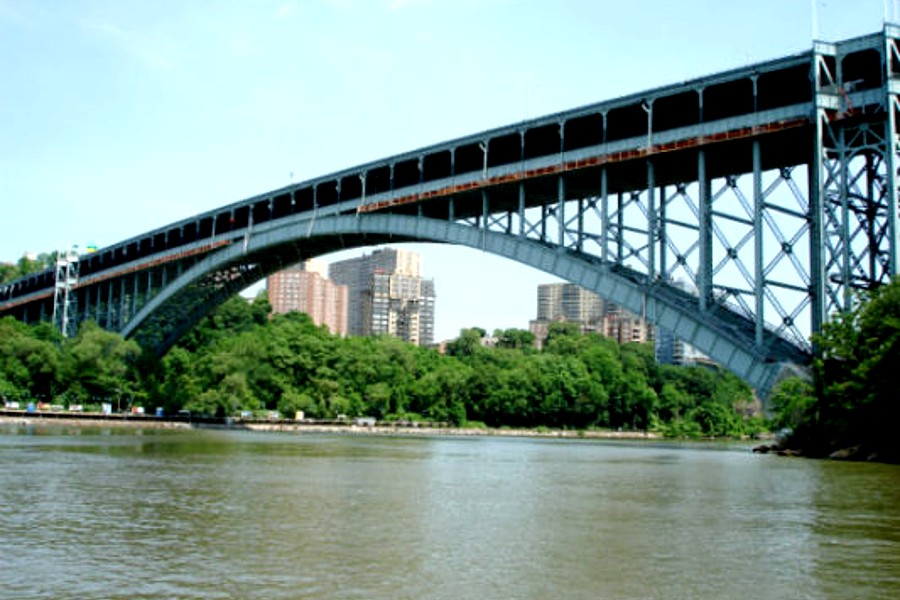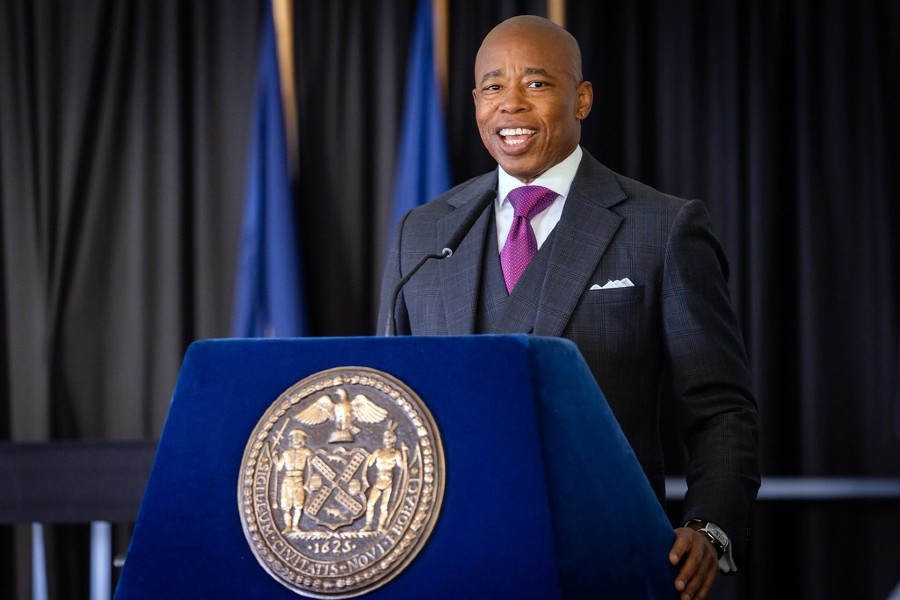
Every year, the American Society of Civil Engineers (ASCE) publishes a report card on US infrastructure.
The most recent one gave American wastewater infrastructure a grade of D+.
Why the low grade? And how can we improve it?
Why D+?
There are over 16,000 wastewater treatment plants in the United States, and, on average, they are operating at a relatively high capacity of 81%. About 15% of the surveyed plants are operating at an even higher percentage of capacity, a proportion that will probably rise as these plants shoulder a larger share of the nation’s growing wastewater treatment load.
Yet in the last few years, large-scale capital investment in systems plagued by sewer overflows has dwindled even as the costs of operating and maintaining the systems are skyrocketing, especially when it comes to aging pipe networks.
Aging Pipes
It is hard to overstate the problem of degraded pipe networks in the U.S. From the 1800s through World War II, pipe quality gradually diminished. A great deal of the underground pipe installed over a century or more has roughly the same expiration date. Within the next two decades, a staggering amount of pipe will reach the end of its useful lifespan in what the American Water Works Association has dubbed the replacement era.
The ASCE suggests that although US utilities spent over $3 billion in 2019 to replace over 4,700 miles of pipeline, the need for capital investment will soon be much higher.
Efficient Approaches Often Ignored
Despite the urgency of the situation, decision makers have largely stuck to old approaches to both financing and infrastructure.
Water giants like Veolia, Dow, and GE have done well by following the dominant model of centralized wastewater infrastructure, despite its high costs and challenging scales. But some smaller companies have flourished by decentralizing. Decentralizing wastewater treatment means locating smaller treatment plants near users, avoiding many of the limitations and expenses of longer pipelines.
Various styles of public-private-partnerships are proliferating because of their ability to catalyze projects even in communities with little independent ability to secure investment capital. Many structures for delivering projects, such as build-own-operate and build-own-operate-transfer, reduce risk by bundling new projects with long-term operation and maintenance.
Decentralization and Pipe Costs
Not all of the nation’s aging pipes need to be replaced. Companies following a decentralized approach may be able to simply retire many old pipelines.
In a service area with dispersed neighborhoods and outlying areas, installing smaller plants directly where they are needed may make it unnecessary to replace the miles of pipeline required to connect to a distant plant.
The cost of installing pipelines is one of the main challenges of delivering water infrastructure, often accounting for well over fifty percent of capital expenditure. By substantially reducing pipeline costs, decentralization may often pay for itself. Pumping wastewater for shorter distances also reduces the long-term costs of repairing leaks and pumping energy.
With many regions experiencing long-term aridification, treating wastewater for non-potable uses is essential. But reusing local wastewater may be financially impractical if a second long return pipeline would have to be built to carry the treated water to users from a distant central plant.
Openness to New Approaches
The $43 billion for water infrastructure provided for in the Bipartisan Infrastructure Law is a step in the right direction. To cope with the problems of the replacement era, though, an openness to new approaches is even more important. There will probably always be a role for mega-plants, their long pipelines, and their massive expenditures of capital. But they are a mistake when more efficient strategies are feasible.
Become a Harlem Insider!
By submitting this form, you are consenting to receive marketing emails from: Harlem World Magazine, 2521 1/2 west 42nd street, Los Angeles, CA, 90008, https://www.harlemworldmagazine.com. You can revoke your consent to receive emails at any time by using the SafeUnsubscribe® link, found at the bottom of every email. Emails are serviced by Constant Contact








